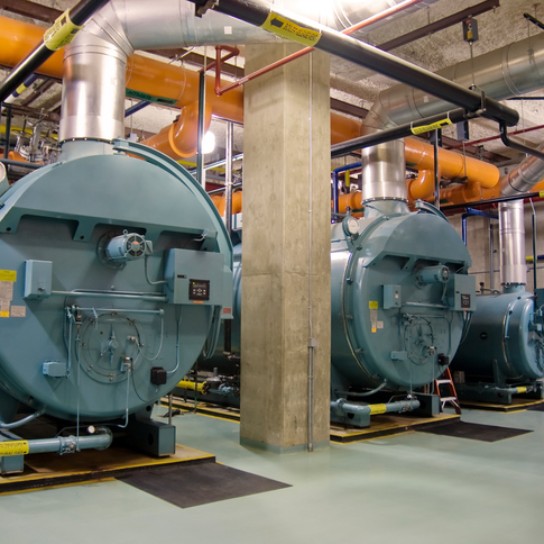Exploring the Applications and Benefits of HEDP Phosphonate in Water Treatment Solutions
The Significance of HEDP Phosphonate in Modern Industry
HEDP, or Hydroxyethylidene Diphosphonic Acid, is a crucial phosphonate compound widely used across various industries due to its excellent chelating properties and effectiveness in inhibiting scale and corrosion. As a member of the phosphonate family, HEDP serves multiple functions in both water treatment and industrial applications, making it an essential chemical for maintaining system efficiency and longevity.
The Significance of HEDP Phosphonate in Modern Industry
Additionally, HEDP's effectiveness as a corrosion inhibitor is particularly significant in various sectors, including oil and gas, power generation, and manufacturing. Corrosion can lead to catastrophic failures and costly downtime; therefore, employing HEDP in formulations for corrosion inhibitors is paramount. HEDP not only forms stable complexes with metal ions but also creates a protective barrier on metal surfaces, further reducing the likelihood of oxidation and degradation. This dual role makes HEDP a vital component in maintaining the integrity of pipelines, heat exchangers, and other critical equipment.
hedp phosphonate

Beyond water treatment and corrosion inhibition, HEDP also finds applications in the agricultural sector. Its ability to chelate metal ions is beneficial in enhancing nutrient availability in soils. By interacting with micronutrients such as iron and manganese, HEDP aids in preventing nutrient fixation, thus promoting better plant growth and yield. This property makes it a valuable ingredient in fertilizers, contributing to more efficient agricultural practices and better crop production.
The versatility of HEDP extends to its use in household cleaning products as well. In formulations for detergents and cleaners, HEDP acts as an anti-scale agent, improving the effectiveness of cleaning solutions by preventing the formation of mineral deposits on surfaces. This application is especially important in regions with hard water, where scale build-up can be a persistent problem in both domestic and industrial settings.
Moreover, the environmental impact of HEDP is comparatively lower than that of traditional phosphates. While phosphates can contribute to eutrophication when released into water bodies, HEDP is less likely to pose the same risk due to its rapid breakdown and lower toxicity profiles. The shift towards more environmentally friendly chemicals in industry has positioned HEDP as a preferable choice for many applications, aligning with global sustainability goals.
In conclusion, HEDP phosphonate is a multifunctional chemical with significant roles across various industries. Its properties as a scale inhibitor, corrosion protector, and nutrient chelator make it indispensable in applications ranging from industrial water treatment to agriculture and cleaning products. As industries continue to shift towards sustainability and efficiency, the importance of HEDP is likely to grow, making it an essential component of modern chemical applications. Through continued research and development, the potential of HEDP can be further explored, leading to new applications and innovations that meet the evolving demands of industry and the environment.
-
Water Treatment with Flocculant Water TreatmentNewsJun.12,2025
-
Polymaleic AnhydrideNewsJun.12,2025
-
Polyaspartic AcidNewsJun.12,2025
-
Enhance Industrial Processes with IsothiazolinonesNewsJun.12,2025
-
Enhance Industrial Processes with PBTCA SolutionsNewsJun.12,2025
-
Dodecyldimethylbenzylammonium Chloride SolutionsNewsJun.12,2025





